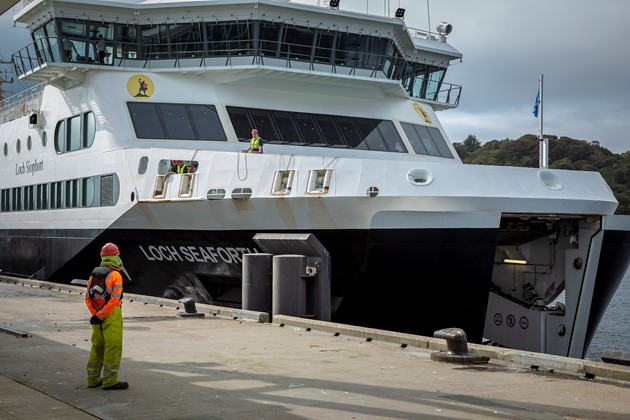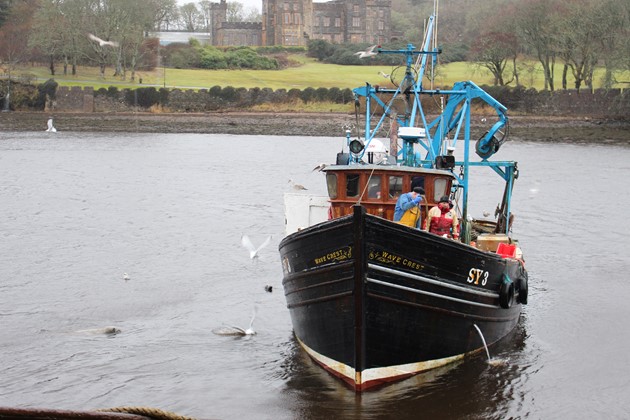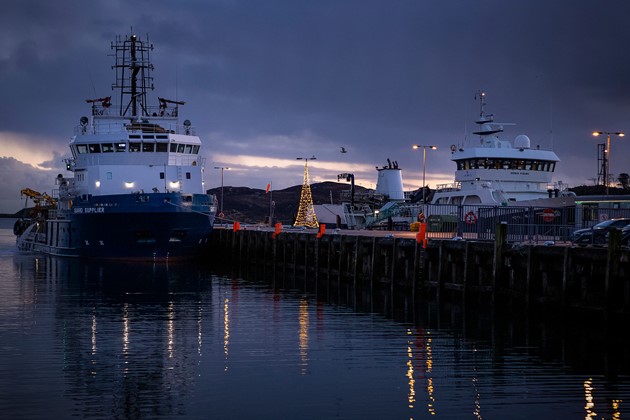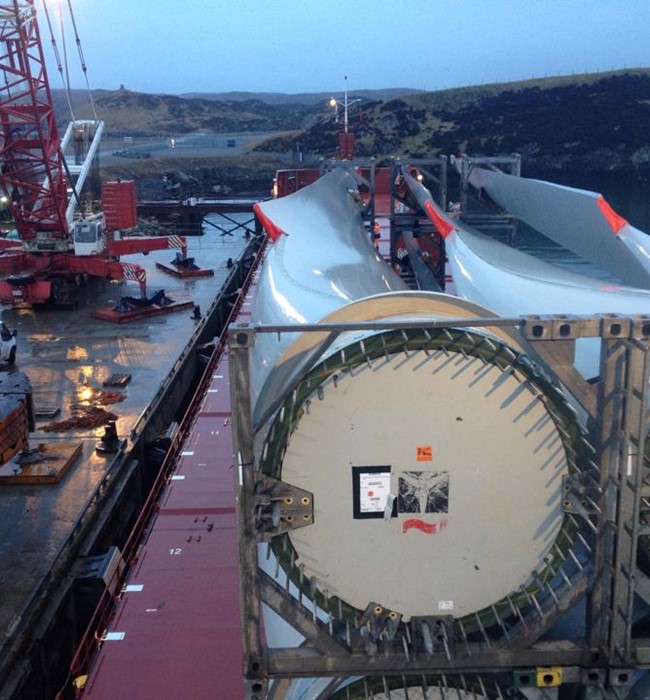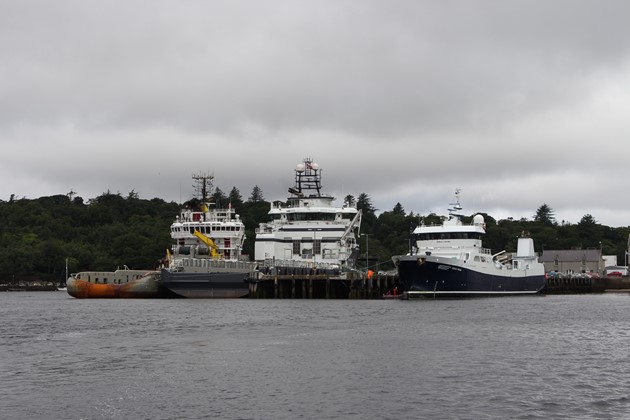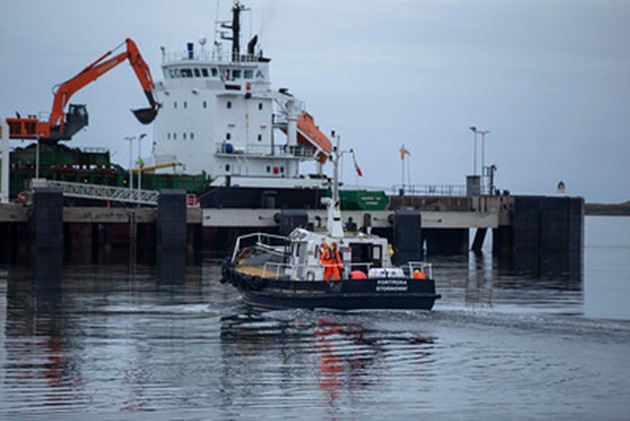Recent years have seen some stabilisation of the fishing industry, and the Port is now mainly shellfish landings. A new ice plant was installed in December 2015, ensuring a consistent and readily available product is available in the required quantities and at the required time. The modern facilities in Stornoway have ensured its continuing role as a designated landing port. The Port has a Fish Market (which is fully EU compliant ECD91/493/EC), adjacent Ice Plant as well as a comprehensive infrastructure of support services for the fishing industry.
The Port is ideal for crew changes due to the close proximity of Stornoway airport.
